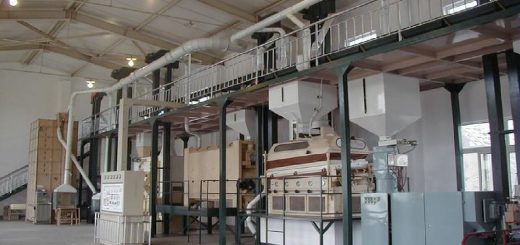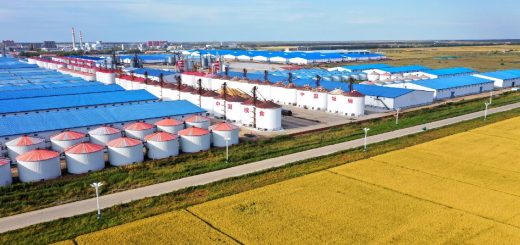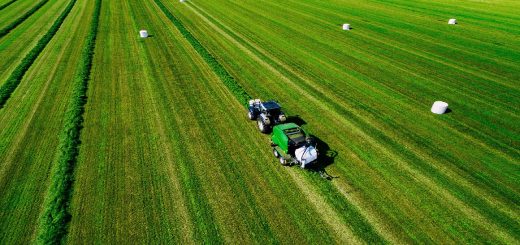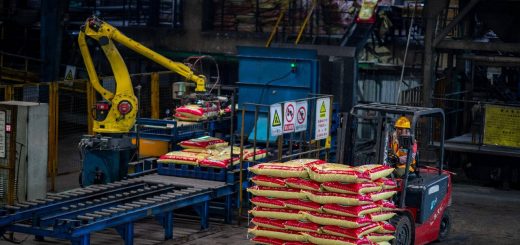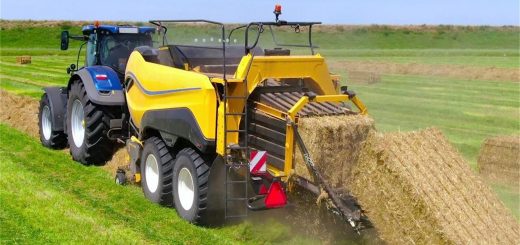Harvesting Machines: Types, Functions, and Their Impact on Modern Farming
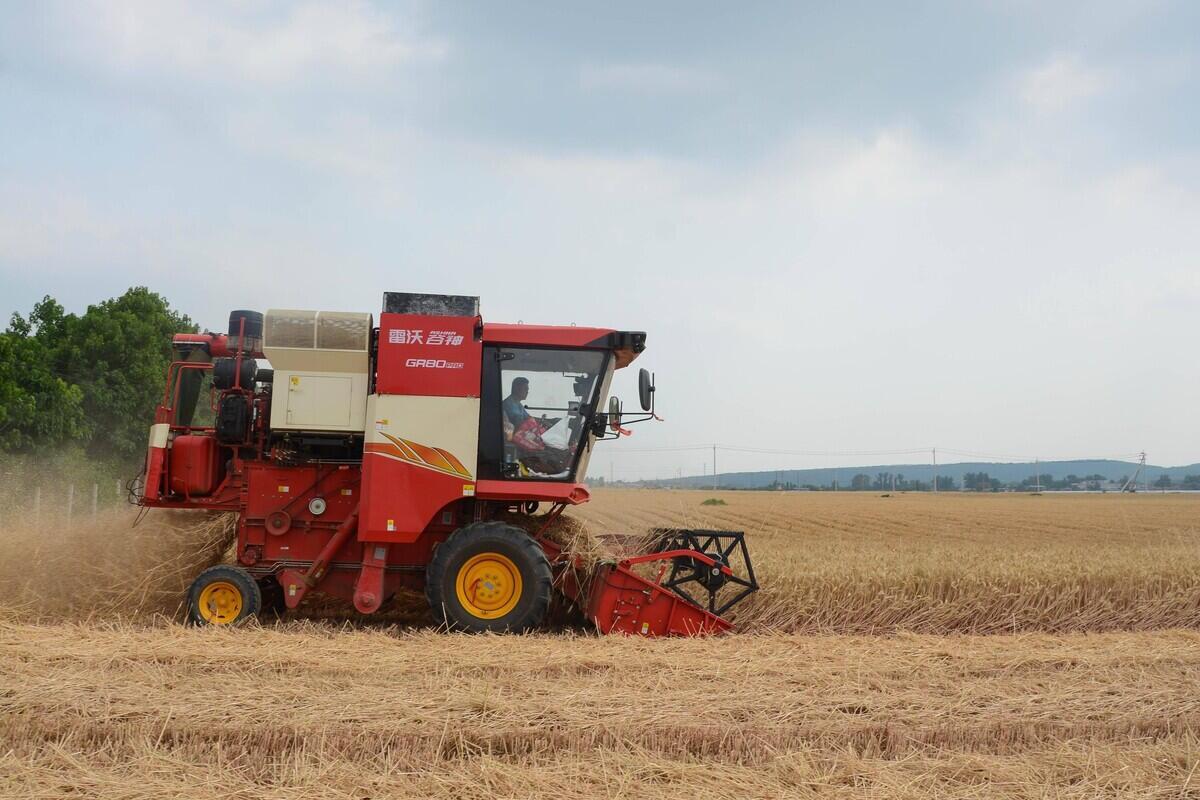
Harvesting machines are vital tools in agriculture, designed to make the process of gathering crops faster, more efficient, and less labor-intensive. These machines have transformed farming practices, enabling farmers to harvest large areas of land quickly and with minimal effort. In this article, we will explore the different types of harvesting machines, their functions, and the significant impact they have on modern farming.
Types of Harvesting Machines
- Combine Harvesters: Combine harvesters are the most widely used harvesting machines. They are designed to cut, thresh, and clean grains like wheat, rice, and corn in a single operation. These machines are equipped with a cutting blade, a threshing drum, and a cleaning system to separate grain from the husk. Combine harvesters are essential for large-scale grain farming.
- Forage Harvesters: Forage harvesters are used to harvest crops like corn, grass, and other plants that are used as animal feed. These machines chop the plants into small pieces, which are then collected and stored for livestock. Forage harvesters are commonly used in dairy and livestock farming.
- Potato Harvesters: Potato harvesters are specialized machines that dig up potatoes from the soil, separate them from dirt and debris, and collect them in a storage container. These machines are crucial for reducing the time and labor required for potato harvesting, especially in large-scale farming.
- Cotton Harvesters: Cotton harvesters, also known as cotton pickers, are used to harvest cotton from fields. They use rotating spindles to pull cotton fibers from the plants and collect them in a basket. Cotton harvesters are widely used in regions where cotton is grown on a large scale.
- Fruit Harvesters: Fruit harvesters are designed to pick fruits like apples, oranges, and grapes. These machines use gentle mechanisms to avoid damaging the fruits while ensuring efficient collection. Fruit harvesters are commonly used in orchards and vineyards.
Functions of Harvesting Machines
- Efficiency: Harvesting machines significantly increase the speed and efficiency of crop harvesting. For example, a combine harvester can harvest and process grains much faster than manual labor, allowing farmers to complete the task in a shorter time.
- Labor Savings: By automating the harvesting process, these machines reduce the need for manual labor. This is especially important in areas where labor is scarce or expensive, as it helps farmers save on costs.
- Crop Quality: Harvesting machines are designed to handle crops carefully, minimizing damage and preserving quality. For instance, fruit harvesters use soft grips to pick fruits without bruising them, ensuring they remain fresh and market-ready.
- Timely Harvesting: Harvesting machines enable farmers to harvest crops at the right time, which is critical for maximizing yield and quality. Timely harvesting also reduces the risk of crop losses due to bad weather or pests.
- Economic Benefits: By increasing efficiency and reducing labor costs, harvesting machines contribute to the economic sustainability of farming operations. They also allow farmers to expand their operations and increase profitability.
Impact on Modern Farming
Harvesting machines have revolutionized agriculture by making it more efficient, cost-effective, and sustainable. They have enabled farmers to manage larger areas of land with fewer workers, reducing the physical strain and time required for harvesting. Additionally, these machines help ensure that crops are harvested at the optimal time, improving both yield and quality.
As technology continues to advance, harvesting machines are becoming even more sophisticated, with features like GPS navigation and automated controls. These advancements are further enhancing their efficiency and reducing their environmental impact, making them indispensable tools for modern farming.
Conclusion
Harvesting machines are essential for modern agriculture, offering numerous benefits such as increased efficiency, labor savings, improved crop quality, and economic sustainability. As farming practices continue to evolve, these machines will play an even more critical role in ensuring food security and supporting the global agricultural industry.


